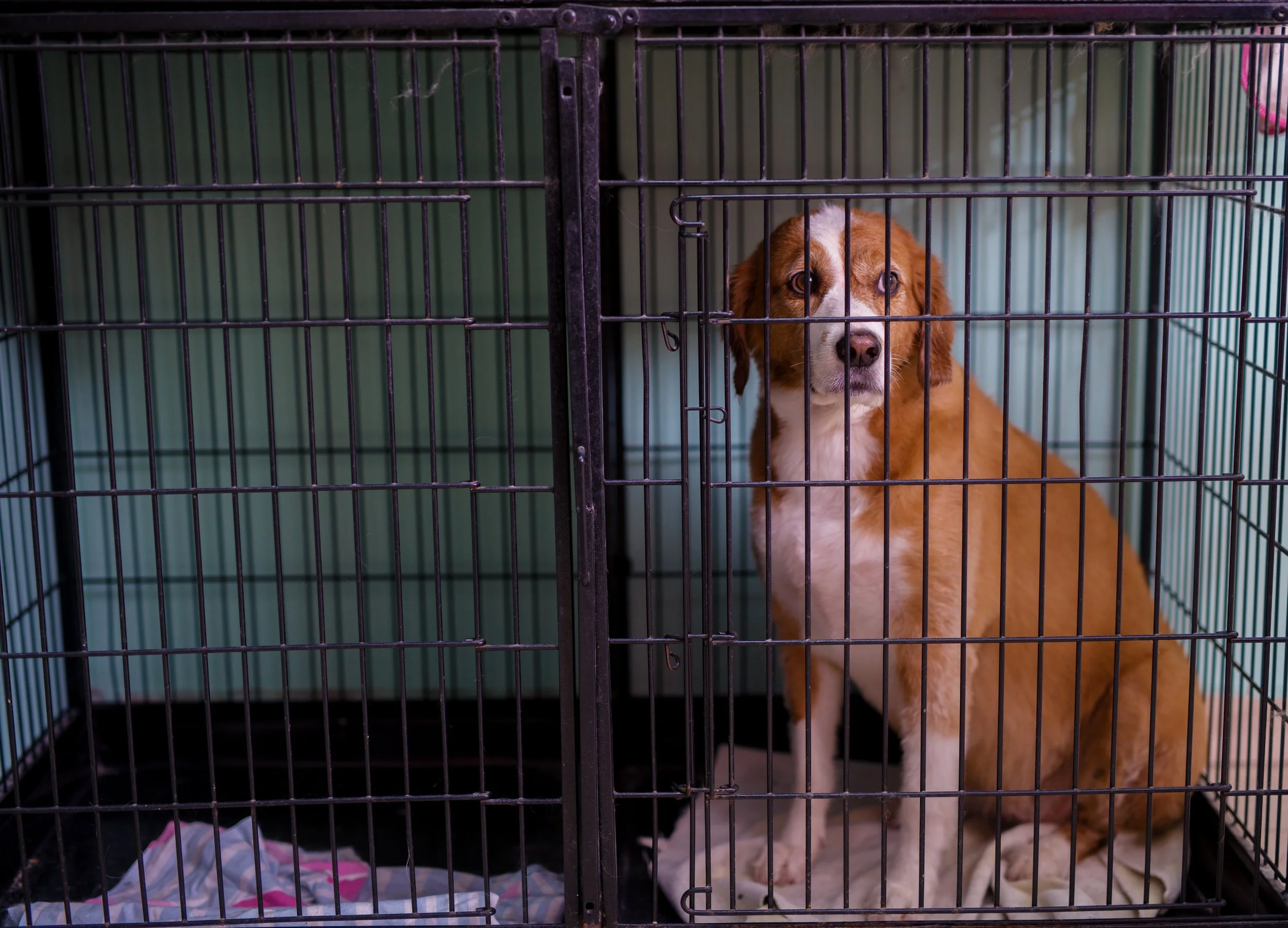What’s in your animal’s bucket?
How positive experiences can make all the difference.
Does it feel like your dog or cat are miserable in their crate or carrier?
Does your horse seem to laugh at you every time you try to catch them?
You may not be filling their bucket with the right stuff.
First let me tell you a little story about my son.
When we lived in Georgia, his school had the bucket challenge - no not the ice bucket one. LOL.
Every student was asked to contribute positively to the school by doing nice things for others. Every month all students that participated aka filled their buckets, got rewards like “no homework” passes.
Learning new behaviors
Why did I tell you this story? Because the idea of the bucket comes into play with your animals as well.
Where the students learned that positive behaviors gain rewards on a cognitive level, animals can learn this through conditioning. Simply put, when your animal does x, y happens. We as owners, trainers or caretakers have to guide what x and y are.
Existing Associations
Now back to the crate, carrier or catching the horse in the paddock.
What are the associations for your animal when you do this or what do you fill their bucket with when this happens?
This teaches your horse, dog or cat to learn that the halter, crate or carrier is a bad thing for them.
Changing Associations
If you want your animal to learn that the crate, carrier and halter are positive things for them you need to change the association. You need to counter condition.
Change
HALTER = VET, WORK, WORMING to HALTER = TIME TOGETHER
CRATE = LEFT ALONE, TRAPPED, BOREDOM to CRATE = SAFETY & COMFORT
CARRIER = STRANGE PLACE, CAR RIDES, ANXIETY to CARRIER = SAFETY & COMFORT
Of course you can’t stop vet visits, necessary confinement and similar experiences as they are a part of responsible ownership.
But as you mix in more positive experiences associated with the halter, crate or carrier, the negative ones become less prominent.
As each animal is different you must decide what works best. And never force anything as this can have the opposite effect.
Horse haltering examples
Practice putting on the halter just to give scratches. Then take it off again.
Catch your horse and groom them. While grooming try different brushes in different areas and watch what they like best so you can focus on those areas. Return and release them once done.
Catch your horse to go on a walk together.
Dog crate examples
Start slow and do something fun immediately after.
Give a peanut butter filled toy in the crate. WARNING! Ensure the toy does not pose a choking hazard!
Make sure nobody is allowed to bother your dog in the crate and it has comfortable, safe bedding.
Here is a great article about crate training from the Humane Society: https://www.humanesociety.org/resources/crate-training-101.
Cat carrier examples
Feed favorite meals in the carrier.
Set up the carrier in a safe and calm space.
Once comfortable in the carrier, start closing it briefly and immediately opening it again once your cat is inside.
These principles can be transferred to many other issues where your animal is fearful or reluctant.
But how long will this take?
Once again all animals are different.
Some will pick up on this very quickly. For some it will take longer.
The most important part is that you stay consistent and frequent with short sessions. Better 5-10 minutes once or twice a day than 30 minutes 3 times a week.
But even if you can’t do this daily, don’t give up. It will happen if you stick with it.
HAPPY CONDITIONING!
DISCLAIMER! Always exclude medical issues by consulting a veterinarian before starting any training program with your animal!




